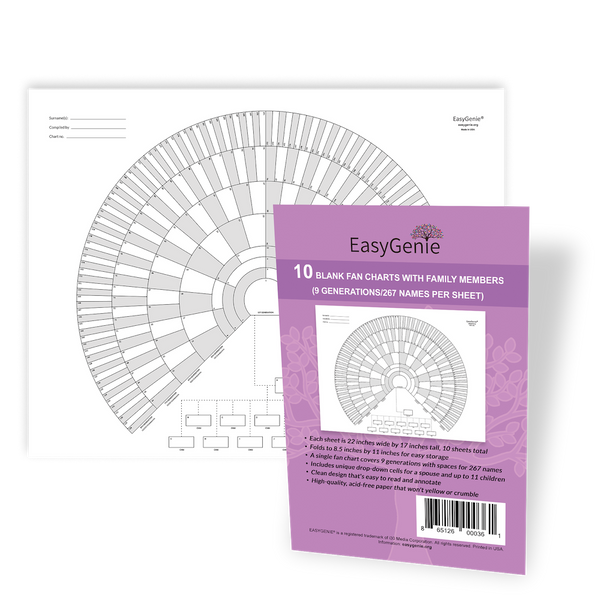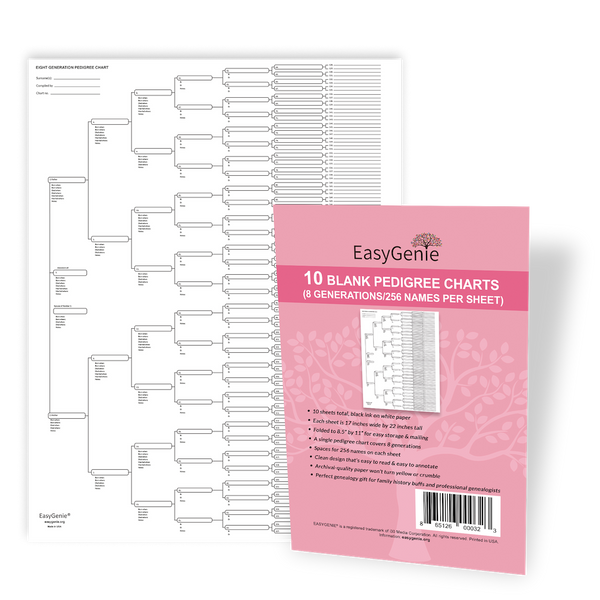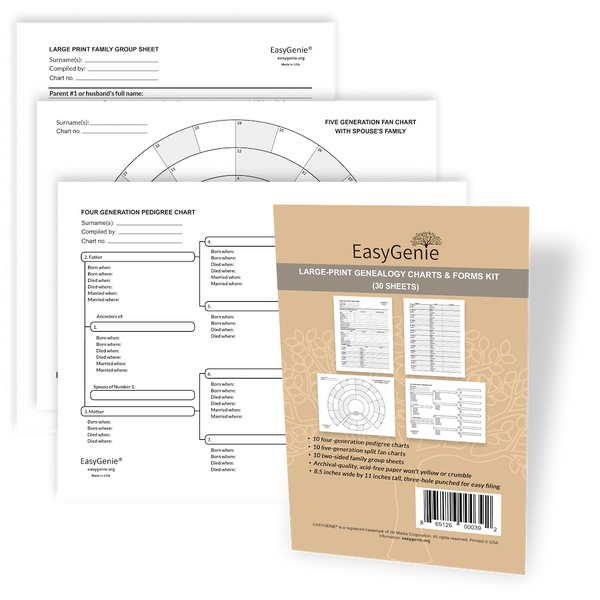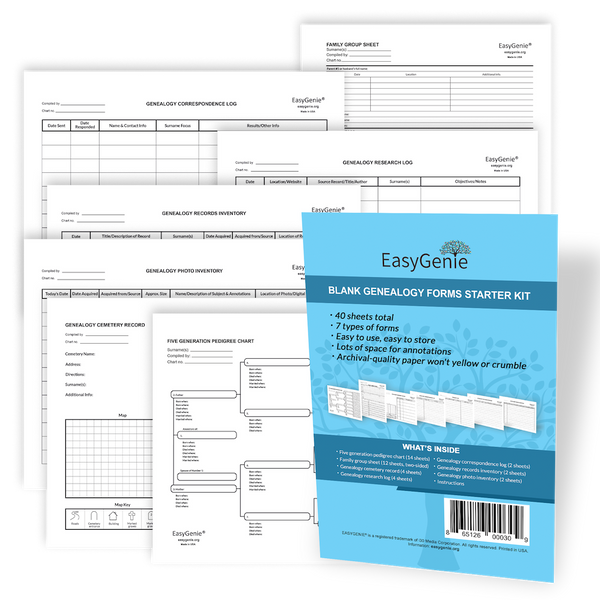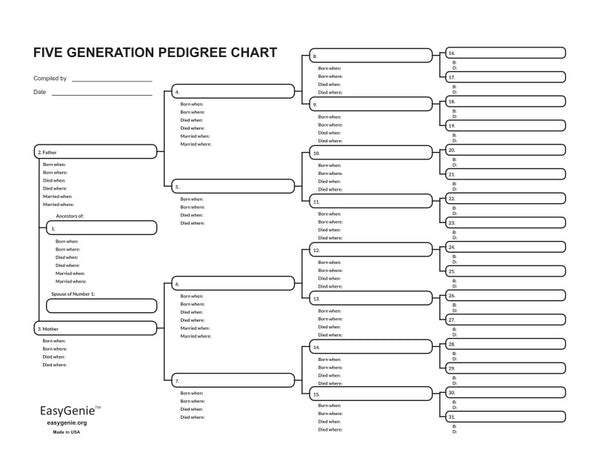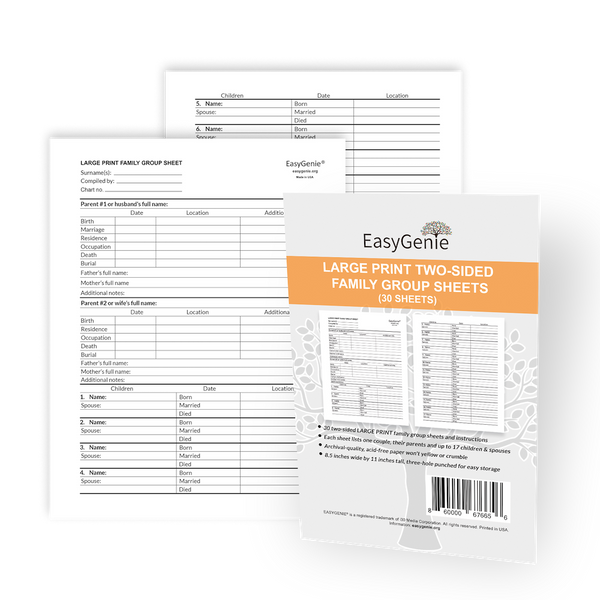
Serious genealogy for serious cows: the Wagyu beef story
Ian LamontNicole and I visited Japan earlier this year, where we enjoyed a meal of sukiyaki made with Wagyu beef. Wagyu is no ordinary cut of beef. It's known for its exquisite marbling and high prices, which range from $60/pound to well over $200/pound. The market for Wagyu beef is governed by very precise tracking of bovine pedigree, including the use of methods that will be familiar to genealogists.
Prior to the in the Meiji restoration in 1868, Japanese used cattle as draft animals. The marbling Wagyu is known for served a practical biological purpose - the fat was used as energy by the animals' muscle cells when plowing or pulling heavy loads. In the late 1800s and early 1900s, farmers were encouraged to cross-breed native cattle with foreign breeds (Swiss, Devon, Shorthorn, Simmental, Ayrshire, and Korean) to promote Western food culture.

The need for draft animals in Japan petered out after World War II, as mechanized agriculture took over. But the market for high-quality beef was growing. In the mid 1970s, a Colorado State University researcher who had apparently tried Wagyu while stationed there with the U.S. military imported 4 animals from Japan. But there was a problem:
“We started line breeding and soon ran into problems with inbreeding ... So, when it comes to the small gene pool, we knew we had to get genetics out of Japan; new, fresh genetics.”
The gene pool was greatly expanded in the early 1990s when hundreds of animals were imported from Japan. These were the last batches to leave the country; not long after Tokyo realized that Wagyu was a "national living treasure" and the export of Wagyu genetics was forbidden.
American ranchers also realized the value of the Wagyu cows and the Wagyu brand - at first for export to Japan, but later for domestic consumption. Wagyu bulls are now sold for $5,000 or more, with prices for 100% full-blood Wagyu bulls often much higher:

How do ranchers ensure that their Wagyu are actually Wagyu? Tracking the parents is only part of the story. Ranchers use DNA testing to verify the pedigree (which determines the Wagyu grade in the United States), as well as sought-after traits such as "intramuscular fat" ... what chefs and consumers call marbling.
There is a long history of tracking livestock pedigree. At the St. Lawrence County courthouse last summer, I stumbled upon two volumes of the Register of Stallions dating from the 1870s. This was an official log that tracked the origins of purebred horses, as described by their owners. Some 150 years later, it's now possible to use DNA to test the lineage and traits of horses, dogs, and cats.
